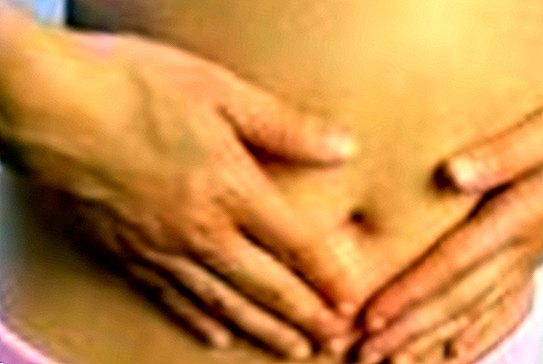Is less more in cancer screening?


Until a few years ago, things seemed pretty straightforward: we went to the gynecologist once a year, had a smear and never heard of it again. So we felt halfway safe from cervical cancer.
But at the moment there is a lot News on HPV (the virus that can cause cancer), A vaccine against cervical cancer. Findings about negative consequences of too many checkups. A Nobel Prize for the HPV explorer Harald zur Hausen. And also a new recommendation on cancer screening from the German Society for Gynecology and Obstetrics (DGGG).
A model experiment in Wolfsburg has shown: Cancer precursors on the cervix can be detected much more reliably, if in addition to the usual Pap smear also targeted for HP viruses is sought. The test costs between 35 and 60 euros and usually has to be paid by cash patients themselves. It is recommended by the DGGG for women over 30. From this age the combination of both tests offers very good chances to recognize a cancer risk and to combat it effectively. The Wolfsburg model trial showed that only 58 percent of cancer precursors were recognized correctly by the Pap test alone, but 100 percent by the combination of Pap test and HPV test.

ChroniquesDuVasteMonde author Irene Stratenwerth
What the DGGG says is not so clear: women with inconspicuous test results do not have to go to screening every year thereafter - a study interval of three years, as usual in many other European countries, is completely sufficient for cervical cancer. And many women were spared suspected findings and unnecessary operations, if they were examined less often - but then with reliable results.
Actually, there is only one consequence of these findings: The health insurance companies should pay the HPV test (30+) as soon as possible. For us women, this would not only save additional costs - but many a burdensome investigation.










